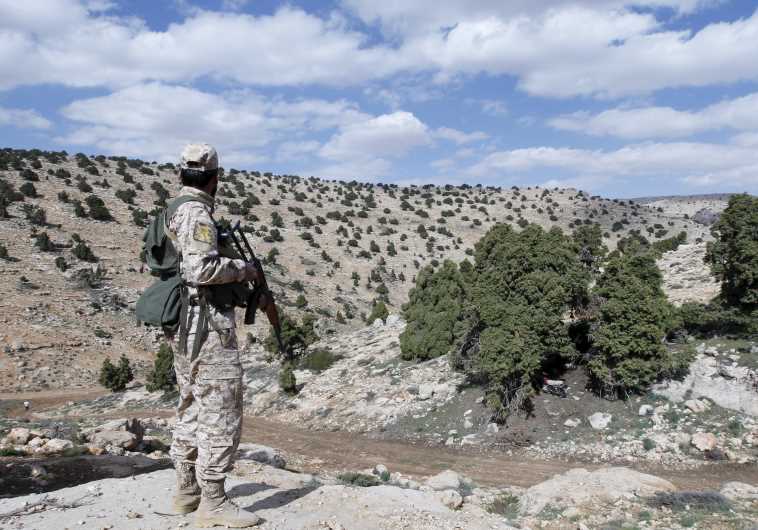The third Lebanon war scenario
The IDF has the capacity to defeat Hezbollah and to bring about a real change in the strategic balance in the north.
 A Lebanon Hezbollah fighter carries his weapon as he stands in Khashaat, in the Qalamoun regionUpdated:
A Lebanon Hezbollah fighter carries his weapon as he stands in Khashaat, in the Qalamoun regionUpdated: